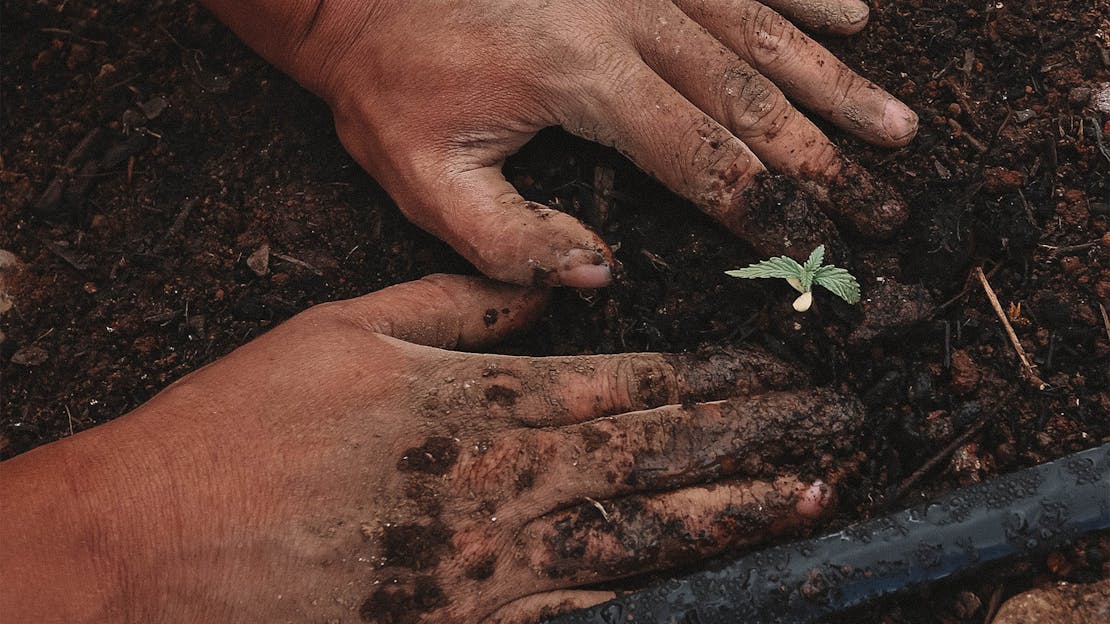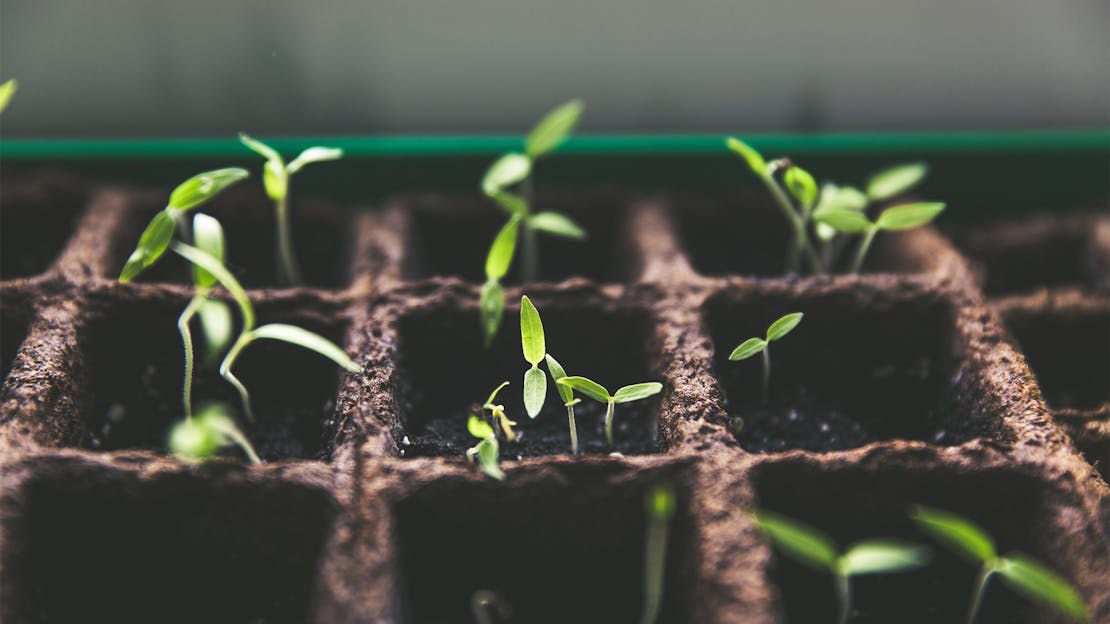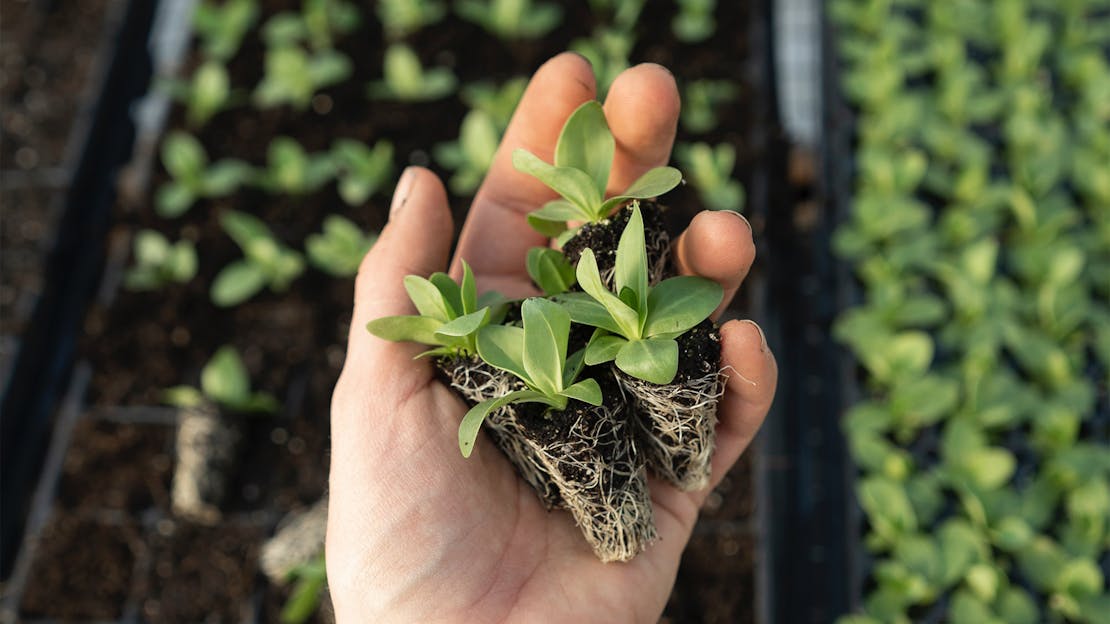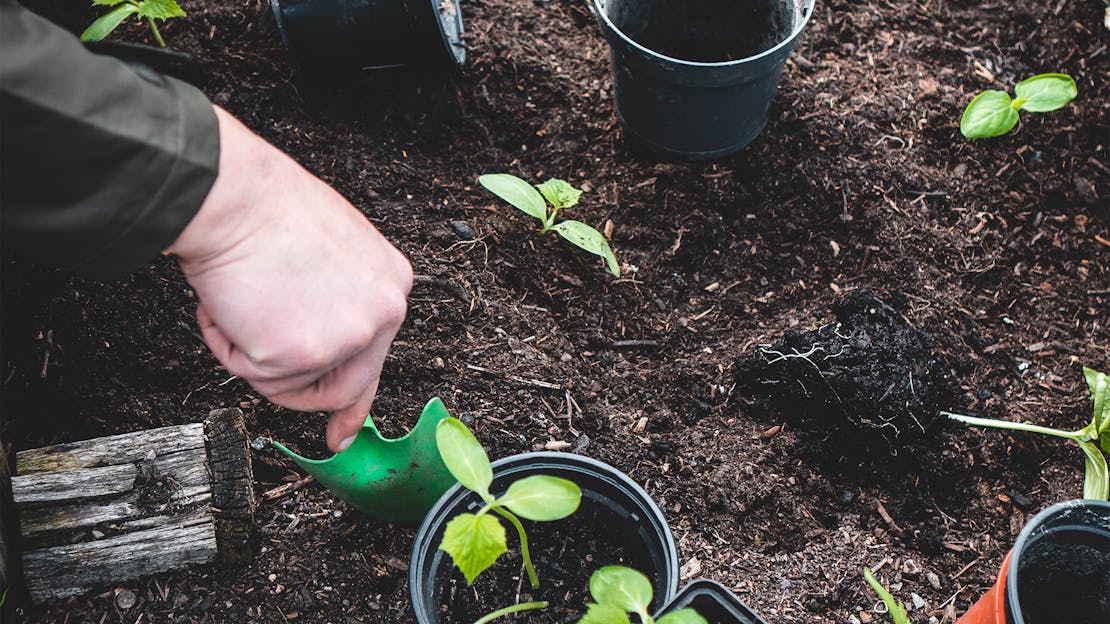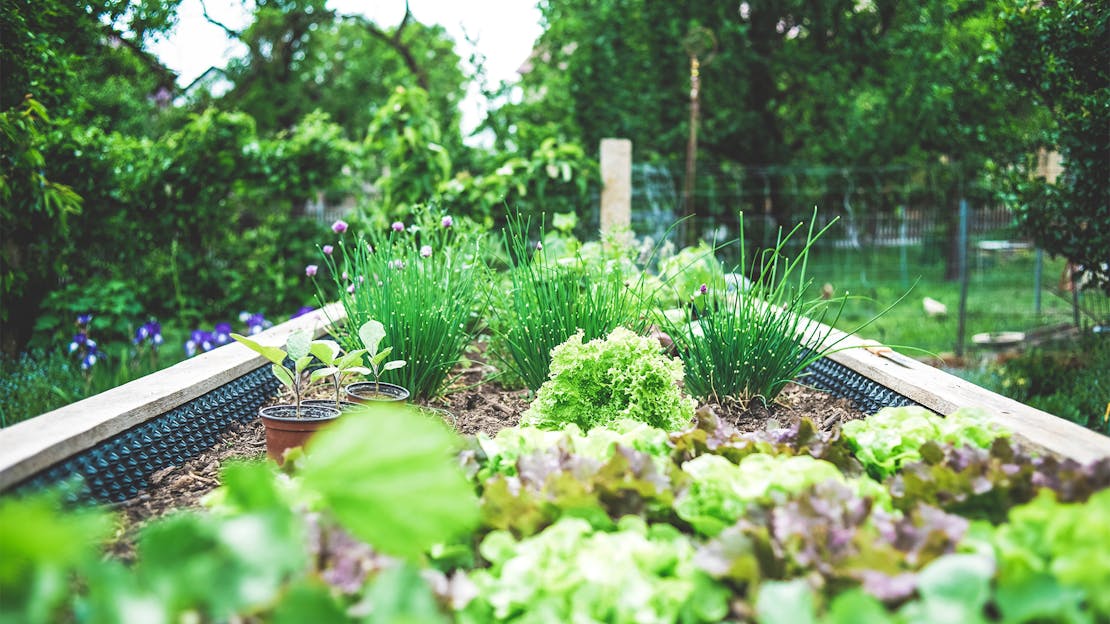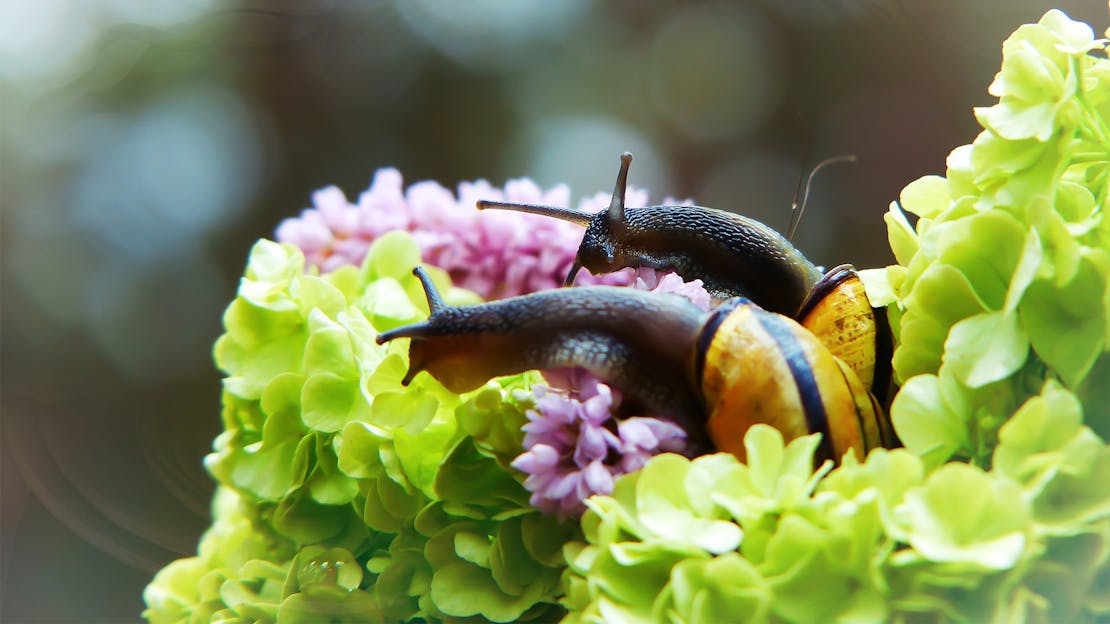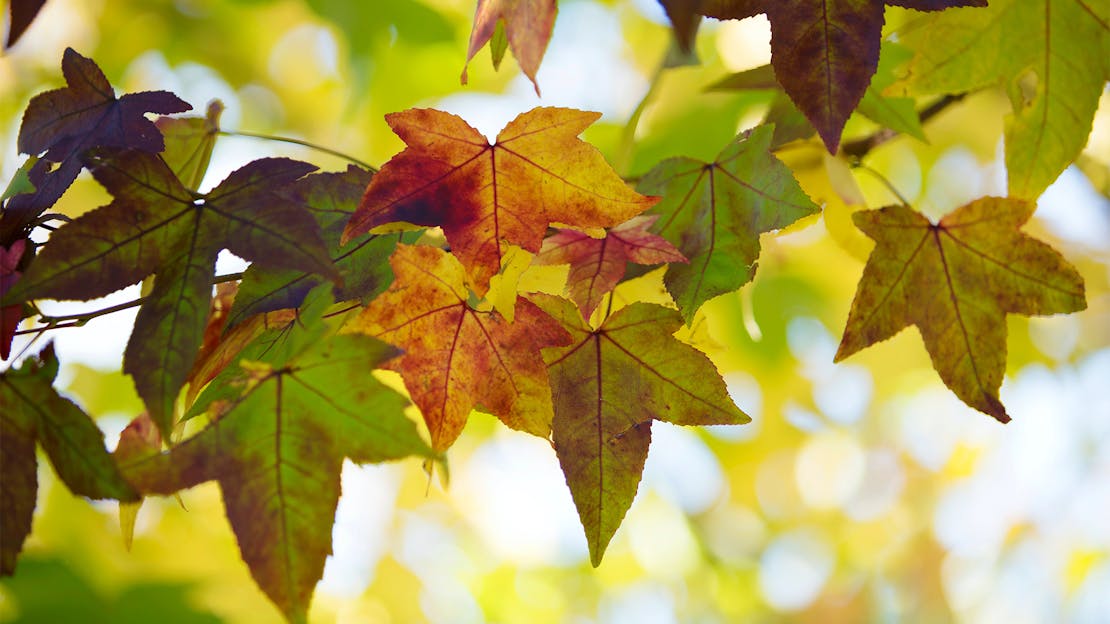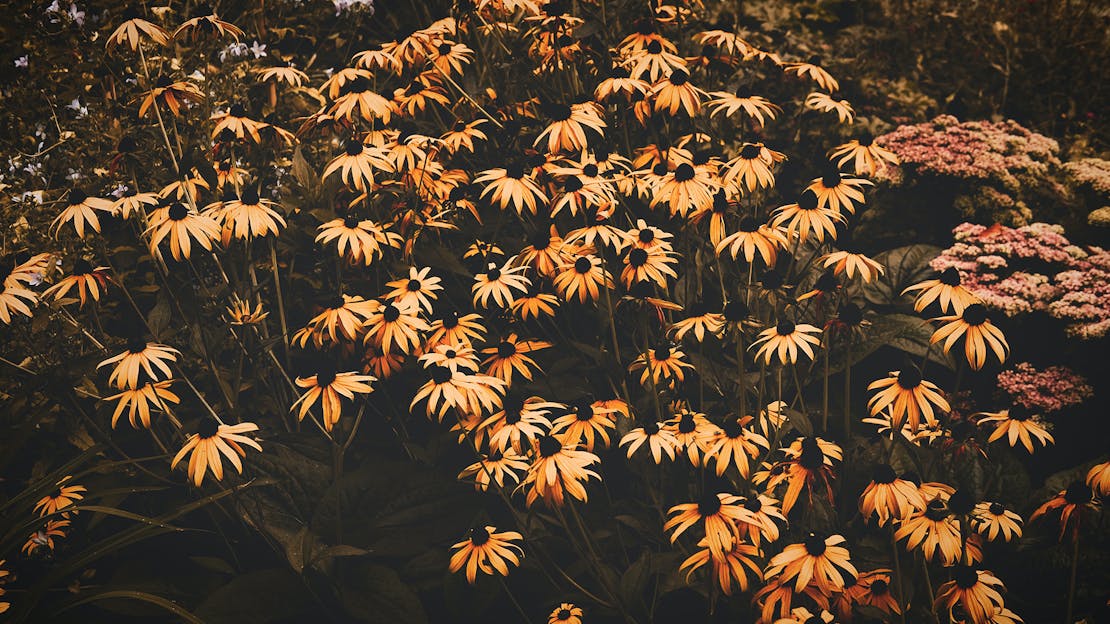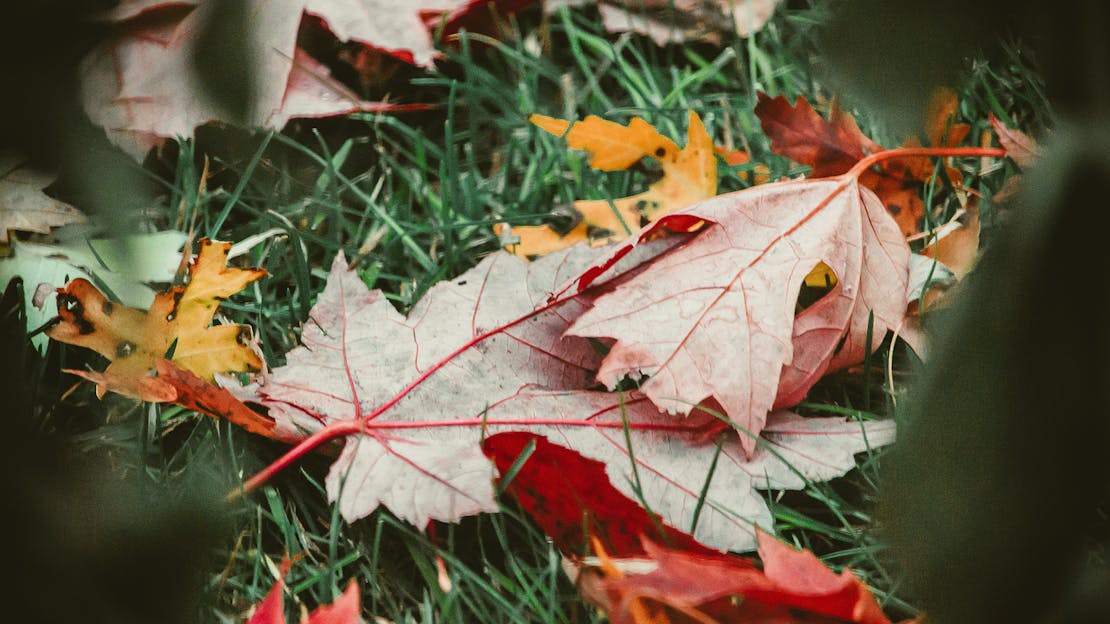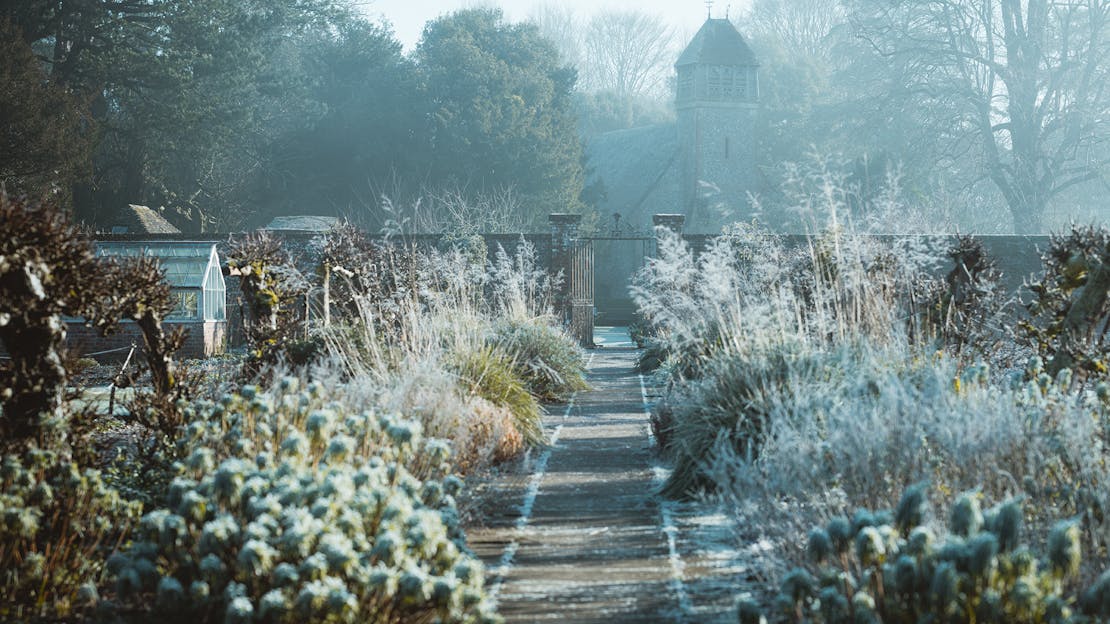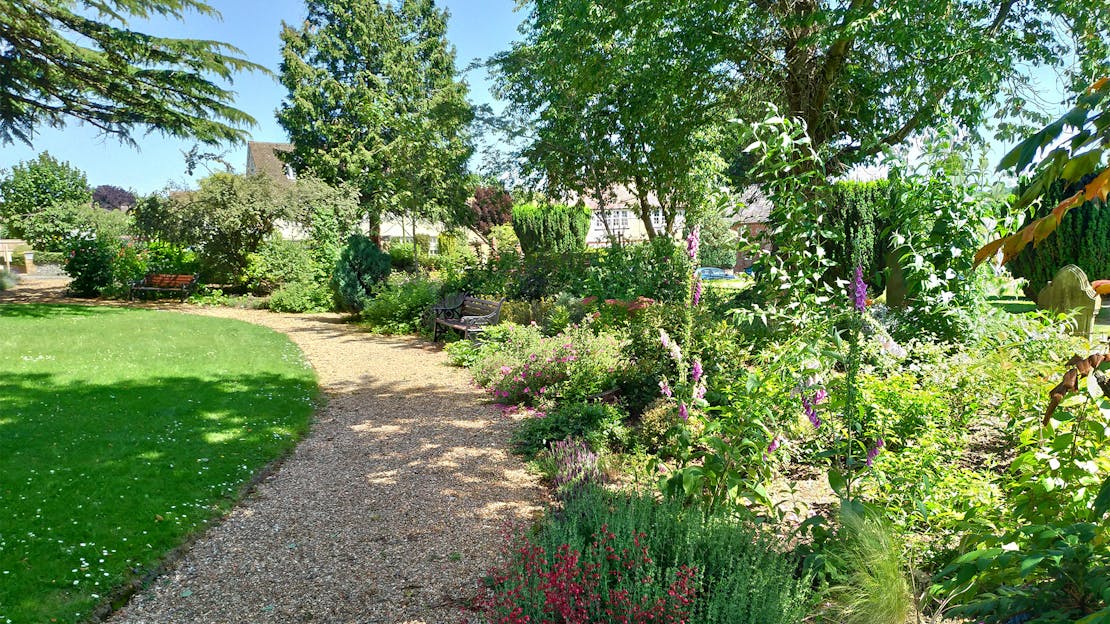
Garden Diary - August
It’s finally here, August, the month of cosy summer evenings in the garden and day trips to the beach. But that’s not all, the animals and plants are really thriving at this time of year and you’ll notice your garden is teeming with life! Which means you have some work to do if you want to keep everything under control and turn your jungle into a tropical paradise.
Maintenance & Protection
Unsurprisingly when everything is growing and nature is exploding with new life, there are a fair few maintenance & protection jobs to be done. Starting with dealing with any pesky pests, wild weeds or dastardly diseases, the most effective way to do this is to treat any you find as quickly as you can. For weeds you want to dig them out, roots and all and then apply an effective weed killer as well if they are especially troublesome. If you are worried about damaging your lawn, then there are also lawn weed killers available as well; which kill weeds but not your lawn. Especially keep an eye out for weeds growing in cracks of your paving stones and driveways, once removed you can also clean the stones with a patio & driveway cleaner.
When dealing with pests there are a number of different ways to combat them, including high quality pesticides. With snails and slugs you may require an appropriate slug pesticide or you can deal with them yourself using a hand tool and perseverance. Soapy water will also effectively deal with a lot of pests, but sometimes something more is needed such as a pesticide. Alternatively if you are worried about hurting your plants you could employ the use of a targeted biological control such as nematodes, which work great against vine weevils. You can protect crop plants from birds and other critters using fleece or netting across your crops.
When it comes to diseases your plants can get, you want to keep an eye out for any signs of potato or tomato blight and remove any affected plants immediately. Diseased plants are also at a great risk of decay. Suffering from mould and fungal infections, these also need to be dealt with as soon as possible to reduce any chance of spreading or pests getting attracted by the smell. This is also a good time to check over your roses, trees and other similar plants for any suckers, which should then be removed. Any dead plants can be added to your compost, which you can be regularly turning to speed up decomposition.
There will be a time after a lot of your plants have grown to the best of their abilities, where you will need to decide whether you want the plant to reseed. This includes plants such as hardy annuals which will need to be fully dug out with a hand tool. If you don’t want your onions and shallots to multiply then you will need to dig them out. Do this when their tops have died down and then leave them to dry out in the sun. You can also harvest any herbs you have now to hang up or freeze for later. Most wildflowers will have seeded and can now be mown down. Now is also a great time to prepare any soil you have for sowing any lawn or turf you are going to plant next month.
If you have a greenhouse there are a number of jobs you can be doing including pouring water over the greenhouse floor in hot weather to increase humidity. You also want to make sure you are moving any delicate plants inside on extremely bright days. If you do leave any plants out too long or notice other plants, such as border plants sagging you can attach their stems to canes or other support to keep them upright. If you have any bare ground then now can be a good time to plant some quick growing plants to improve soil composition, also known as green manure.
We’re almost done now with maintenance jobs! So hold on a little longer as we are going to discuss some things you can do before going on holiday, starting with keeping your plants watered while you are away. This can be done in a few ways. Starting with capillary matting, this system works great with plants in containers, providing a flat bed for water to rest on and the plants on top to drink from. Another method is a trickle irrigation system, this uses a special pipe or similar device to slowly drip water onto your plants, which is perfect even during hosepipe bans. And while you're at it, make sure to keep any bird baths or other bodies of water, topped up and clean.
Encouraging Plant Growth & Flowering
During the month of august you might not think that there is more you can be doing to help your plants grow more. But you would be wrong, as the saying goes “the grass is always greener on the other side” Well, maybe that’s because they used lawn feed. This section is all about ways you can make sure you have the greenest lawn, the brightest blooms and the most impressive plant growth.
Starting with the most important thing, keeping all your plants and your lawn well watered throughout the entire month. August can be a very hot and dry month, which means it is vital you keep all your plants well hydrated. Even more so there are certain plants that can do with a little extra attention, starting with crop plants such as tomatoes and cucumbers. Also Rhododendrons and camellias which need to be kept well watered, as well as other plants that have flower buds. Don’t forget about any plants you have in containers, including pots, planters, hanging baskets, etc. If possible using water from a water butt will really help you to reduce the amount of water you are using.
Watering isn’t all you can be doing though, as there are many plants that can benefit from a nutrient rich feed. Starting with any plants in any sort of container, these can do with an added tomato feed solution, to help them really grow into their own. There is also specially developed lawn feed which is perfect for enhancing your lawn. A lot of your different plants can also benefit from a speciality plant feed that has been catered to their exact need.
Finally selective pruning can help your plants to really thrive, for example deadheading dahlias and other perennials helps to encourage the brightest blooms. Similarly can be done with any plants you are keeping in hanging baskets or other containers, deadheading will help to stop the plant wasting any energy on flowers that have deteriorated. Fruit trees will also benefit from having any side shoots cut back and their fruits thinned out if there is a large amount. Similarly fruiting vines such as grapevines and tomatoes should have their leaves cut back so that the sun can ripen their fruits. You should also regularly be harvesting crops from plants as they ripen to allow for more fruits to grow, this can be done for plants such as tomatoes, cucumbers and chillies.
Pruning
When it comes to pruning in August you will be mostly cutting back plants to keep them in the shapes that you want and so they do not outgrow their pre-designated areas. Starting with any hedges or bushes you may have, these should be cut back regularly to keep their shape with a pair of strong shears. If you have any laurel hedges then these benefit from a more delicate touch, with these you will want to use secateurs to make more precise cuttings. You can give wisteria a quick prune to shorten all sideshoots down to a short length. While any border plants will also need to be deadheaded, unless you are going to collect their seeds.
There are also a few plants that need a bit more precise pruning, such as rambling roses which can have a third of their stems removed once they have flowered; with the remaining stems being tied to supports. Lavender will also need to be pruned to shape the plant into a compact bushy shape, while being careful not to cut into any old wood. Finally the tops of tomatoes being grown outside can be pinched out, as we are nearing the end of their growing season.
Planting
When choosing what to plant, you will be planning for plants that will be coming into their own in spring. Plants like daffodils, alliums and tulips which are all autumn bulbs and can be planted in pots and borders; as well as a wide range of others for blooming come spring. If you are growing any strawberries or potatoes then now is the time that you can plant strawberry runners into new beds and potato tubers into large tubs somewhere warm. There are also a number of other plants that you can plant indoors, with most being able to excel and grow inside. With plants such as white narcissus bulbs being great to plant now for beautiful and fragrant christmas displays.
Propagation
While there aren’t a huge amount of propagation jobs to do in august, we have many to scrounge up a few things you can be doing. Starting with sowing hardy annuals in any sunny spots, this will help them to have any earlier summer bloom. Other hardy crops can also be planted at this time, including plants like land cress, rocket, etc. Now is also a great time for collecting seed pods that have ripened from the flowers and vegetables you want to replant in the future.
Furthermore there are a number of different plants that you can be taking cuttings from, including woody herbs such as lavender and hyssop; although you want to avoid any flowering stems. Similarly leaf cuttings can also be taken from a variety of succulents including crassula, echeverias, etc. if you have any indoor plants then you can also take cuttings from these, from such plants as begonias, primroses, etc.
That concludes all of the jobs we have for you this August, if you find yourself short of any of the tools you need to do your jobs then check out our high quality hand tools! Be sure to check back in September to find a new list of jobs that you can be doing, to keep your garden in tip top condition.
Gardening Diaries
We have a helpful guide for every month of the year. Highlighting jobs that you can be doing in your garden, not matter the season!
In our diary we’ll cover all the possibilities though, whether you are having a warmer January or if you are waiting for the last of the frost to thaw out. We’ve got you covered.
In this diary we’ll talk about all the tasks you can be doing in February, mostly to get your garden ready but there’s also a few different plants you can be planting and seeds you can be sowing!
With March here, there are plenty of new jobs to be doing. In this guide we will be talking about all the jobs that can be done this month, now with the weather is starting to improve
In this diary we’ll cover all of the jobs you can be doing this April to make your garden truly thrive and look beautiful for the coming summer.
With May here now we’re really starting to get into Spring! Which means your garden is going to experience a boom of both plant growth and new wildlife.
With June here there’s not only a rise in sunny days and hotter temperatures but also a plethora of new jobs that can be done. In this gardening diary we’ll be going through all of the prime jobs in June
July is a busy month for your garden, as summer is here and everybody and everything is making the most of it! While for humans this can mean a nice day out at the beach, for wildlife this means growth!
It’s finally here, August, the month of cosy summer evenings in the garden and day trips to the beach. But that’s not all, the animals and plants are really thriving and your garden is teeming with life!
September is a month all about preparing for winter and getting your plants planted now so they are ready to flower come spring.
October is upon us and is a vital time for your garden. Here’s our advice on how to keep your garden looking in tip top shape and keep those spring flowers protected for their spring bloom.
November is fast upon us and it's vital to get your garden ready for winter. The cool frost will be fast spreading across your beds and borders.
Not many people think there is much to do in the garden during December. However, there's still a lot of work to be done maintaining, caring and tending to the garden to keep it in its best shape.

